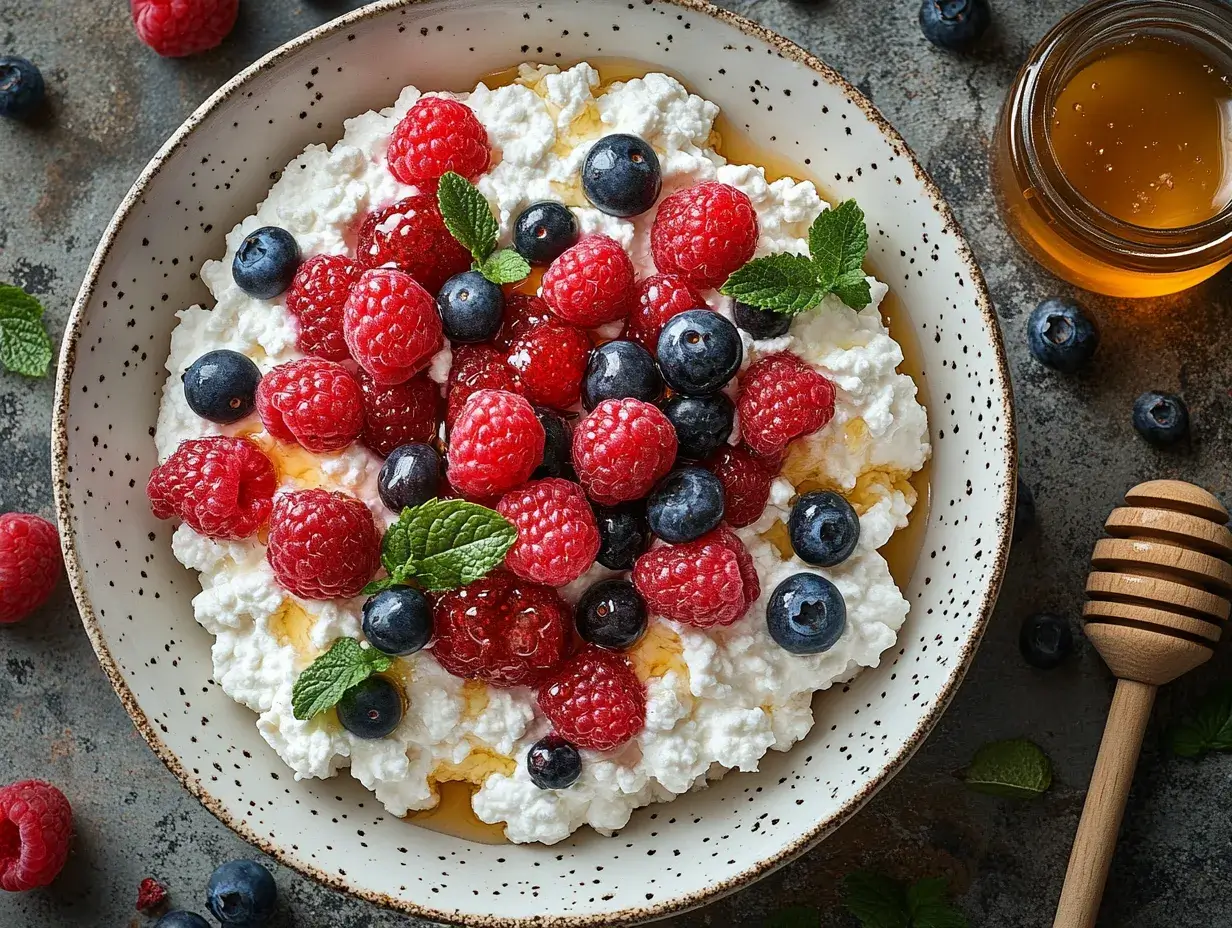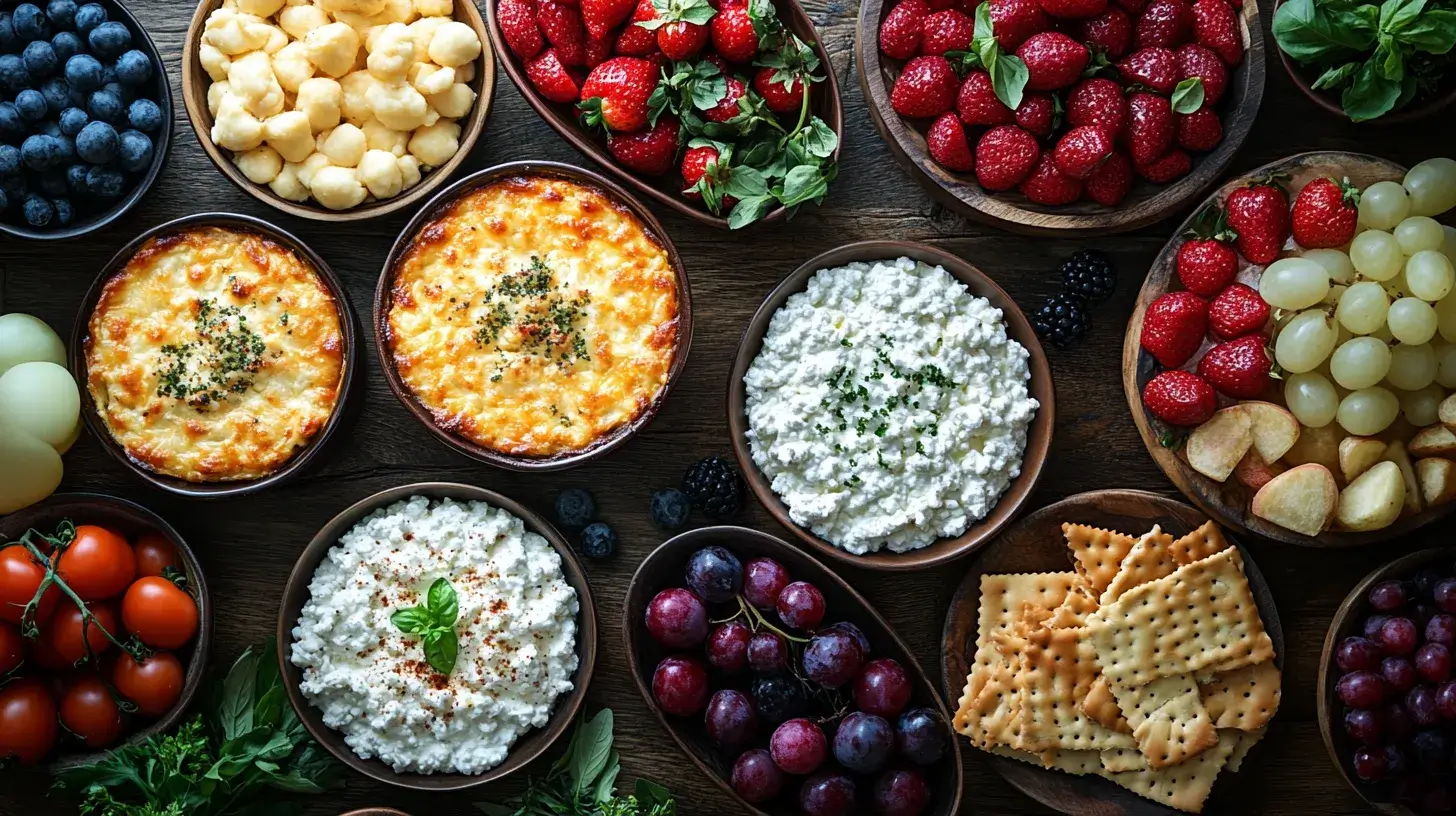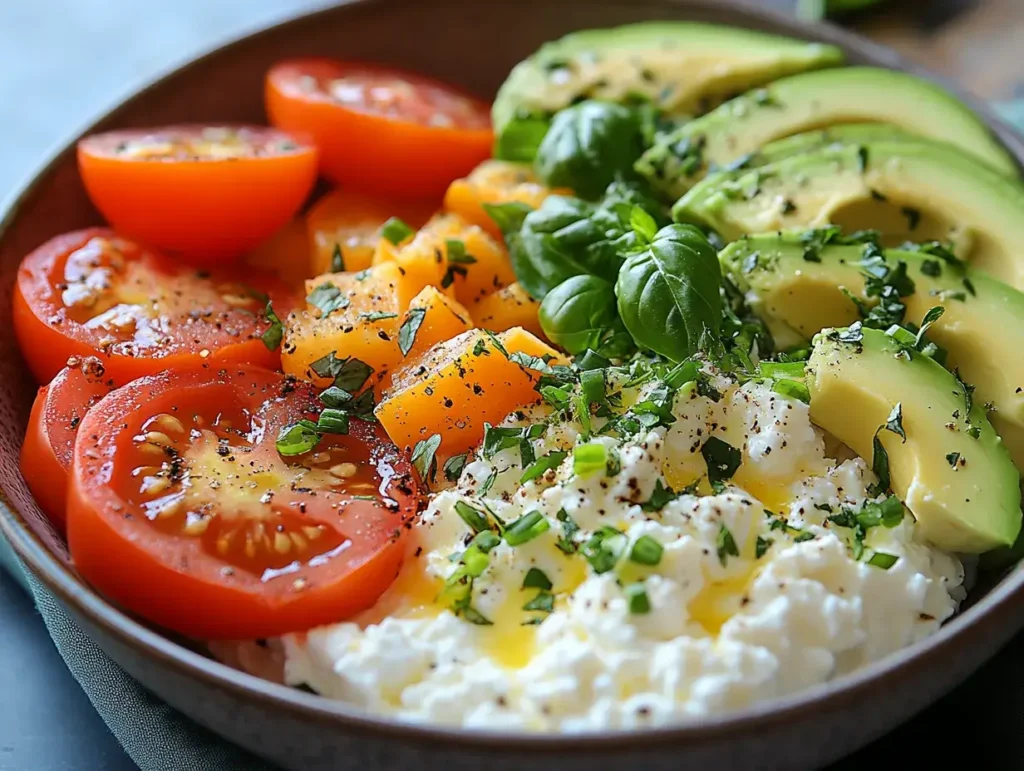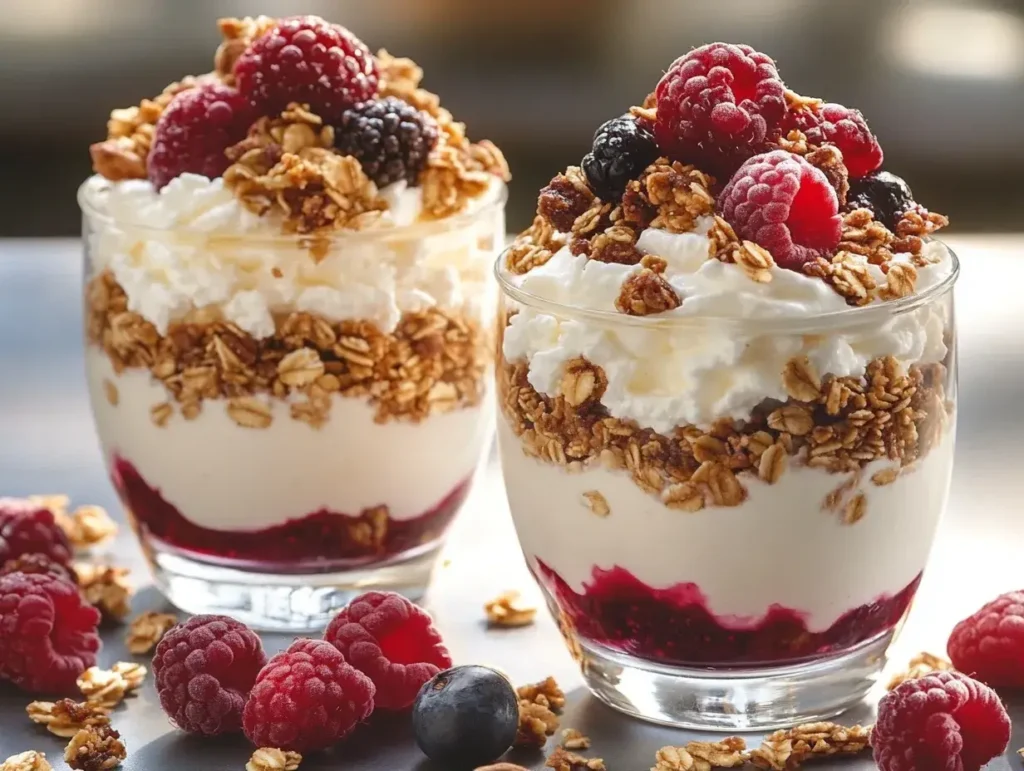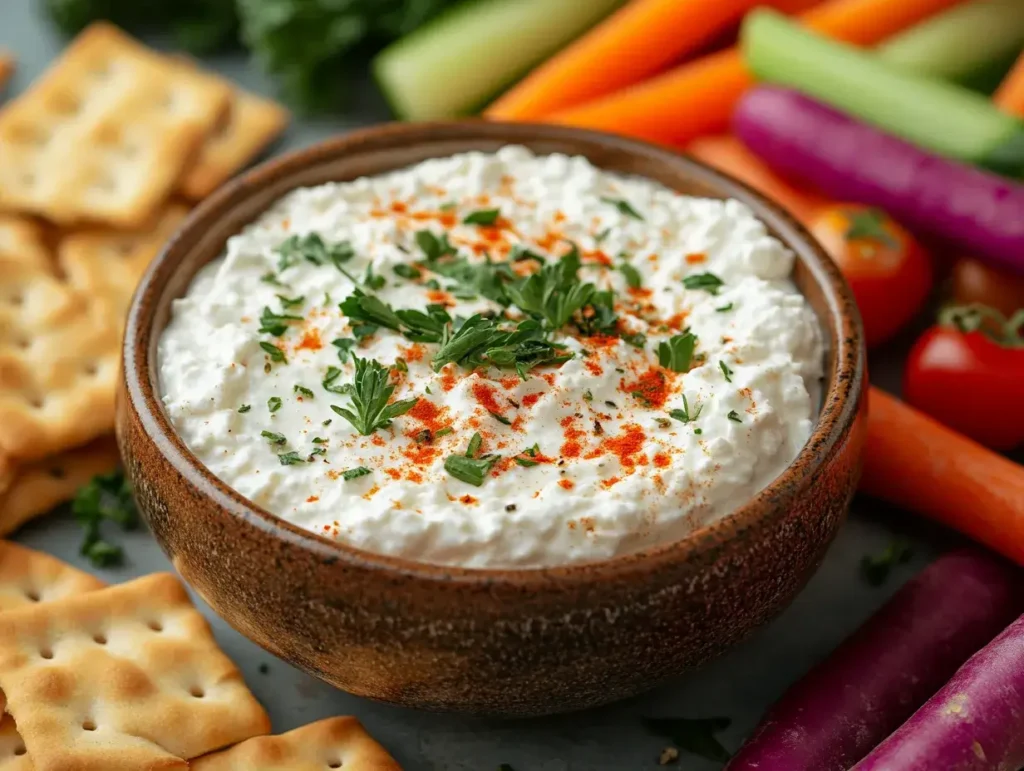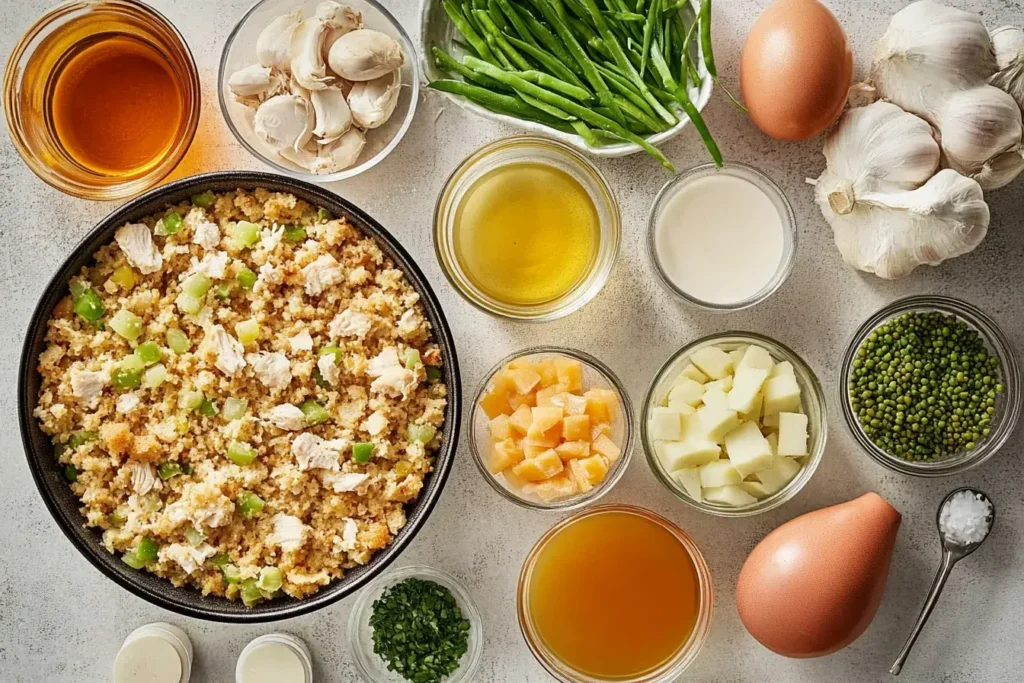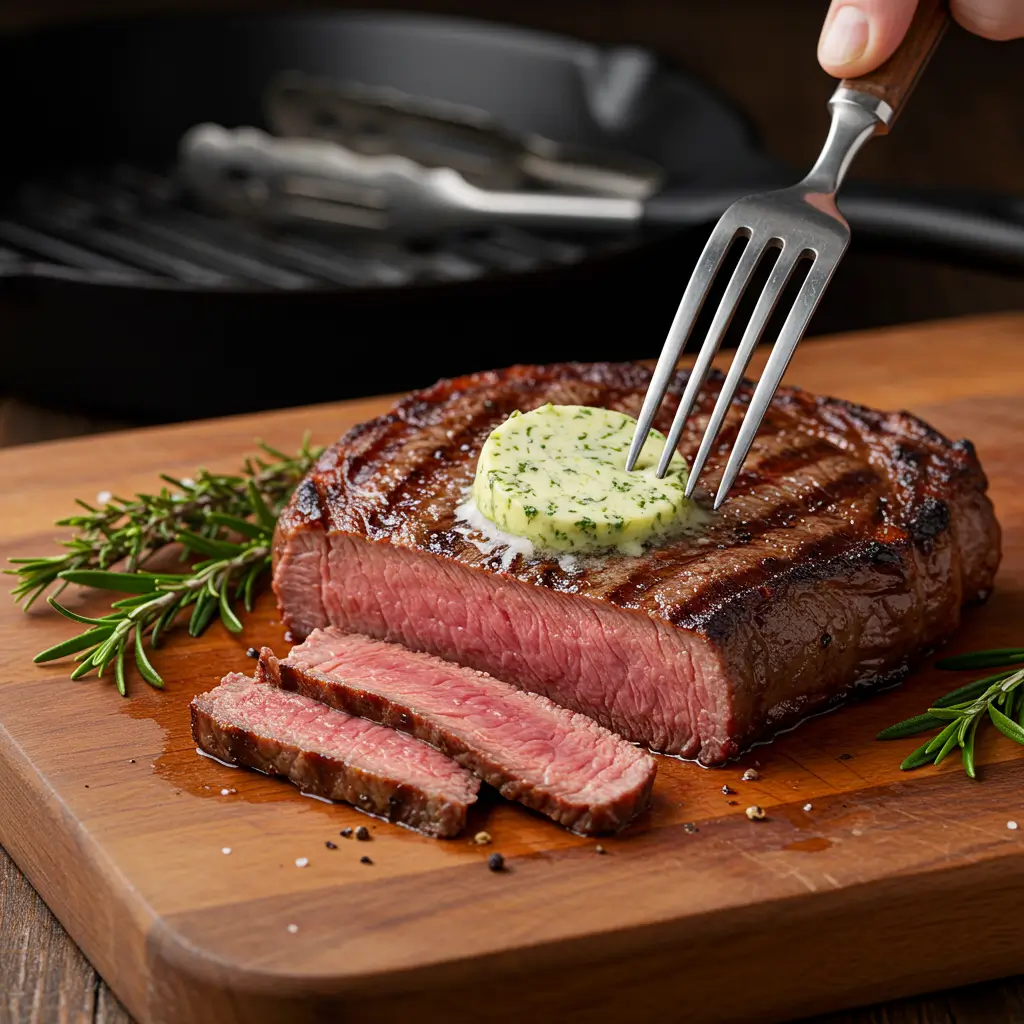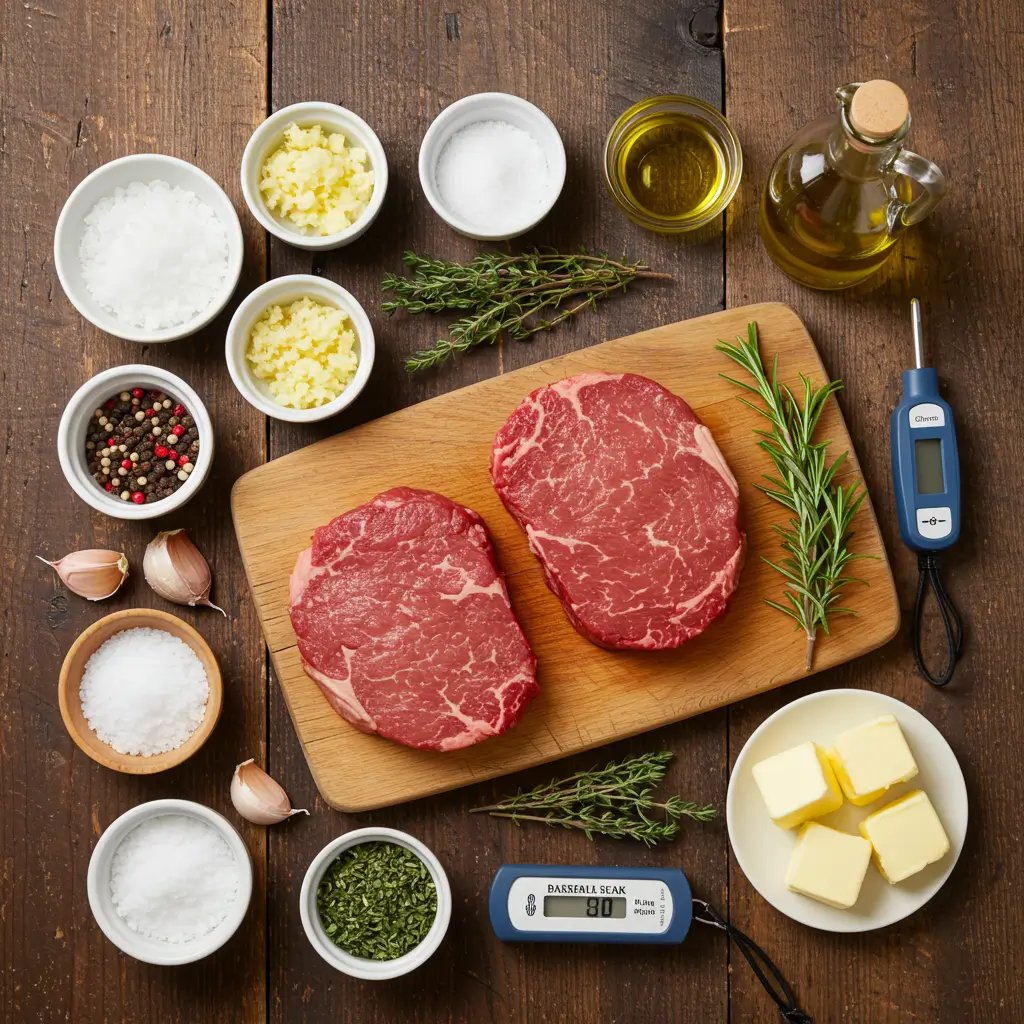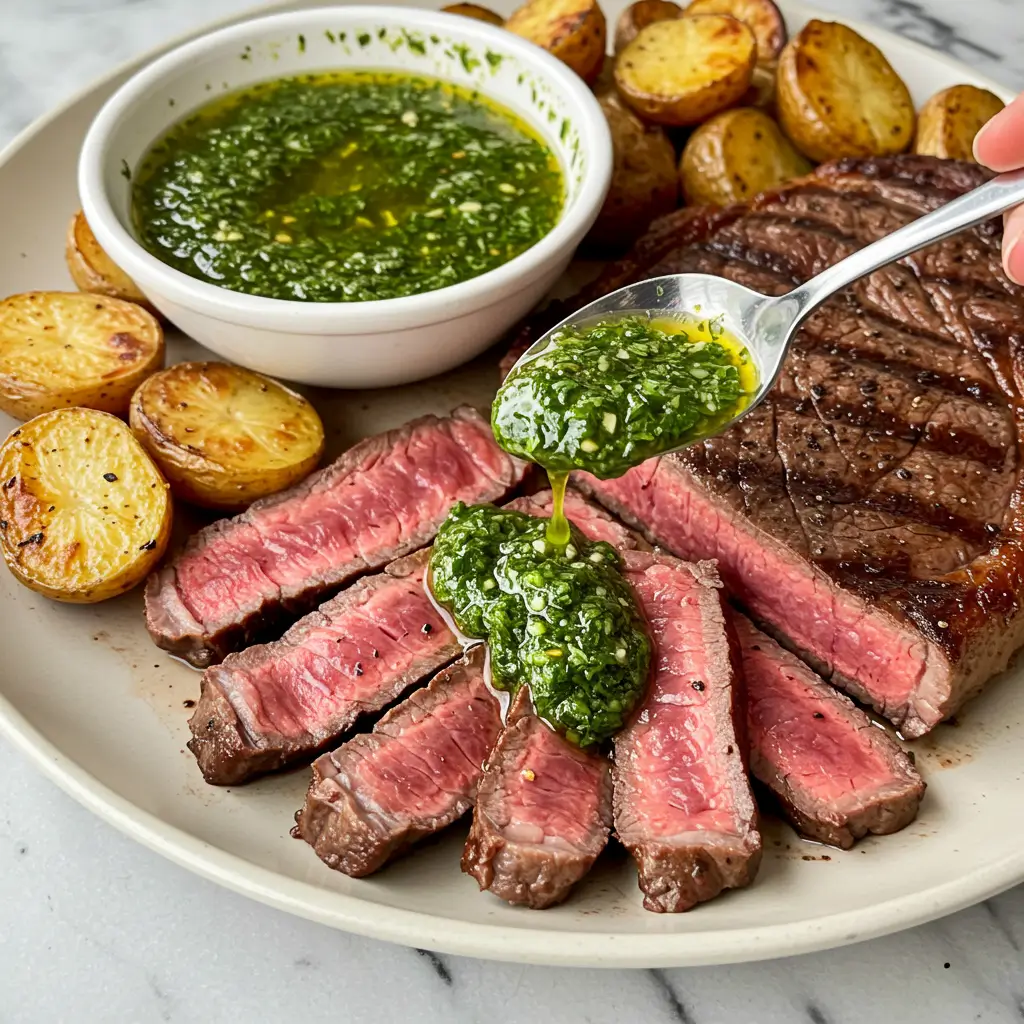Are you ready to spice up your daily snacking habit with something both delicious and healthy? Cottage cheese snacks might be really what you need! In this article, we’ll take a closer look at why these protein-packed dairy treats have become so well-liked lately. You’ll discover how cottage cheese snacks provide a great balance of key nutrients, making them a wonderful choice for weight management and muscle recovery. Simply, we’ll look into easy sweet and tasty snack ideas, explore creative recipes, and discuss how to mix in a range of tasty toppings.
Also, we’ll cover the different health benefits of this calcium-rich snack, offer simple ways to enjoy it on the go, and share pro tips for improving its taste. Next, we’ll address commonly asked questions, including whether cottage cheese is truly healthy and why it’s a good late-night treat. Certainly, we’ll also highlight relevant external resources—like USDA FoodData Central—to give you reliable nutritional facts along the way. By the time you finish reading, you’ll know exactly how to turn cottage cheese snacks into a hard to resist and healthy part of your day.
Why Cottage Cheese Snacks Are Trending
What Makes Cottage Cheese Unique?
Certainly, cottage cheese is one of the most flexible cottage cheese treats you can find. Relatively, it has a mild flavor that goes well with varied ingredients—both sweet and salty. Cottage cheese snacks are notable because they’re full of casein protein, which aids muscle building and recovery. So, many health enthusiasts enjoy it before a workout or as a quick snack afterward.
Also, cottage cheese is a healthy cheese snack that includes vitamins and minerals like calcium and phosphorus, which are key for bone health. Overall, this cheese is usually lower in fat compared to many other dairy products, though you can find both low-fat and full-fat types to match different diets.
A Quick Snapshot of Nutritional Benefits
Surely, the nutritional profile of cottage cheese deserves a bit of spotlight. According to the USDA FoodData Central, one cup of low-fat cottage cheese typically contains a significant amount of protein while keeping carbs and calories relatively low. Equally important, it provides B vitamins that help with energy production and metabolism. Because of these qualities, cottage cheese snacks have become a top choice for folks who want an easy healthy snack without sacrificing taste.
Moreover, cottage cheese is a low-carb snack alternative, making it helpful for those following keto or low-carb diets. Indeed, many people appreciate it as a weight loss snack option since the high protein content increases satiety, thereby curbing the urge to overeat. Nonetheless, it’s worth noting that portion control and balanced meals remain key for any long-term wellness goal.
Health & Wellness Trends Favoring Cottage Cheese
Presently, there’s a rising movement toward wholesome, protein-rich foods. Cottage cheese perfectly aligns with this demand. Many fitness buffs swear by its ability to promote protein satiety. It also delivers essential amino acids. This trend is fueled by the popularity of high-protein meal plans. These plans highlight the importance of quality protein for muscle preservation and weight management.
Furthermore, clean eating enthusiasts have embraced cottage cheese because it’s typically free from excessive additives. This is especially true when you choose simple ingredient labels. Another reason for its rising popularity is its versatility. You can easily blend it into smoothies, pair it with fruits, or whip it into dips. Consequently, cottage cheese snacks serve as a practical solution for anyone who wants more protein and fewer carbs. They fit well into daily routines.
Altogether, the buzz around cottage cheese is hardly surprising. It reflects the current interest in healthier snack options. It also stands out for its adaptability. In addition, it features a robust nutritional profile that benefits health-conscious consumers.
Top Reasons Cottage Cheese Snacks Support a Healthy Lifestyle
Protein Powerhouse
Undoubtedly, cottage cheese snacks are an excellent example of a protein-packed dairy option that can boost overall nutrition. Indeed, they are often praised for their high protein content, chiefly because cottage cheese contains casein, which digests slowly and helps with protein satiety. Consequently, individuals looking to maintain or build muscle often choose cottage cheese as part of their meal plan. Because it’s considered a keto-friendly cheese, you can also fit it into low-carb diets without sacrificing your protein goals.
Furthermore, cottage cheese snacks can keep you energized throughout the day. The steady release of casein protein means you’ll feel fuller for longer, thus helping reduce unnecessary snacking. Additionally, this slow-digesting protein is beneficial if you’re engaged in strength training or high-intensity workouts. When you pair cottage cheese with healthy carbohydrates—like whole-grain crackers or fresh fruits—it can become a balanced, easy healthy snack that supports muscle repair and recovery. Basically, it’s a simple way to include more protein in your routine without resorting to heavily processed sources.
Weight Management and Satiety
Equally important, many people rely on cottage cheese snacks for weight loss. It’s typically low in calories and carbs while still high in essential nutrients. The beauty of cottage cheese is that it adapts to many eating patterns. Some prefer low-fat versions, whereas others pick full-fat types for more satiety. Regardless of its fat content, cottage cheese gives you enough protein to stay satisfied. This is especially true when you combine it with high-fiber foods like veggies or berries.
Moreover, the slow digestion of cottage cheese can help curb cravings. Surprisingly, a small serving can keep you satiated for hours, which is particularly helpful if you’re watching your calorie intake. If you’re interested in exploring more weight-loss-friendly recipes, check out our High-Protein Breakfast Guide. Comparatively, cottage cheese snacks allow you to indulge in a tasty treat while staying on track toward your fitness goals.
Additionally, cottage cheese’s nutrient profile supports overall health, which certainly plays a significant role in successful weight management. By combining cottage cheese with fresh salads or whole-grain bread, you can turn a simple snack into a filling mini-meal. Then again, those looking for a lighter option can top it with sliced cucumber and cherry tomatoes for a crunchy, savory twist.
Rich in Essential Nutrients
Meanwhile, it’s not just protein that makes cottage cheese snacks so impressive. This calcium-rich snack contains vital minerals—like phosphorus—that help maintain strong bones. According to USDA FoodData Central, cottage cheese also provides B vitamins, which play a key role in energy production and metabolism. Certainly, these vitamins support overall bodily functions, making cottage cheese an outstanding addition to a busy lifestyle.
Altogether, combining cottage cheese with various fruits, vegetables, and herbs can boost your vitamin intake even more. Cottage cheese topping ideas—such as chopped bell peppers or strawberries—provide added fiber and antioxidants. Rather than relying on multivitamins alone, you can enjoy real, whole-food nutrition by snacking on cottage cheese throughout the day. Lastly, if you’re aiming to incorporate more micronutrients into your diet, cottage cheese snacks can be a simple and tasty approach. For instance, pair cottage cheese with spinach for a quick nutrient-packed meal.
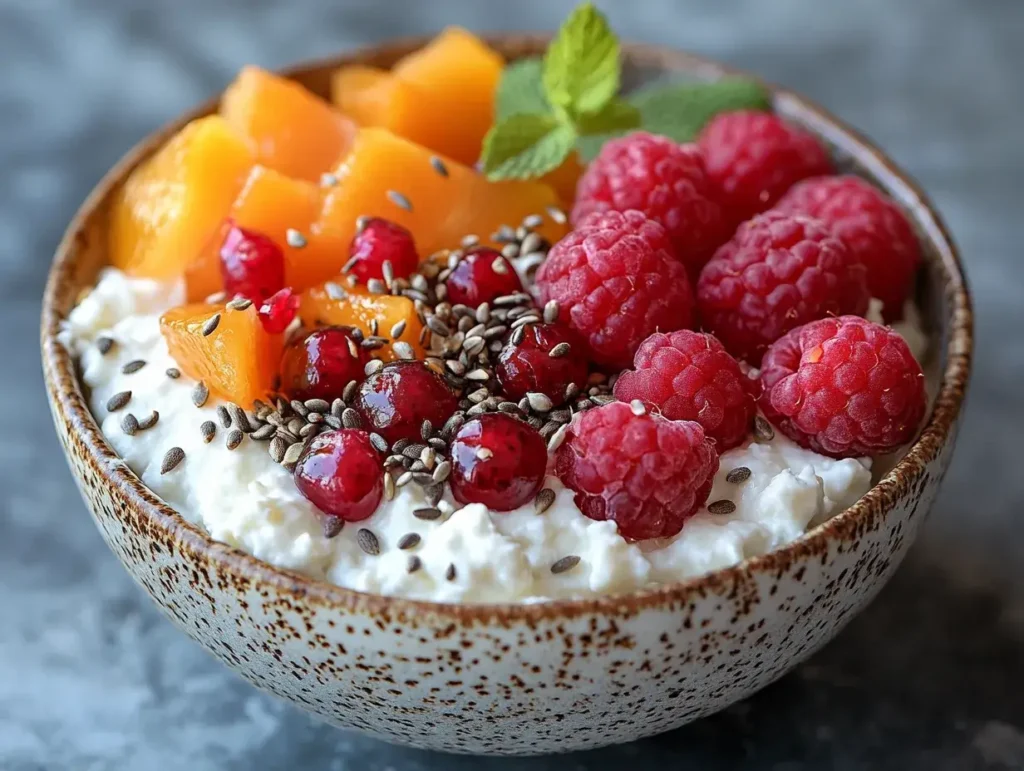
Quick & Easy Ways to Enjoy Cottage Cheese Snacks
Sweet Pairings
Certainly, one of the most appealing features of cottage cheese snacks is their versatility. This is especially true if you have a sweet tooth. You can top them with fresh berries like strawberries, blueberries, or raspberries. This creates a high-protein snack that bursts with natural sweetness. For a more indulgent twist, drizzle honey or maple syrup on top. It adds sweetness without going overboard.
Meanwhile, if you’re after a low-carb snack alternative, opt for sugar-free jam or sliced peaches. Pairing fruit with cottage cheese is not only delicious but also helps you reach your daily fruit servings. Additionally, you might consider tossing in a few chopped nuts or seeds for added crunch and healthy fats. Altogether, these sweet combos can transform plain cottage cheese into a decadent dessert-like treat—perfect for a mid-afternoon energy boost or a refreshing breakfast.
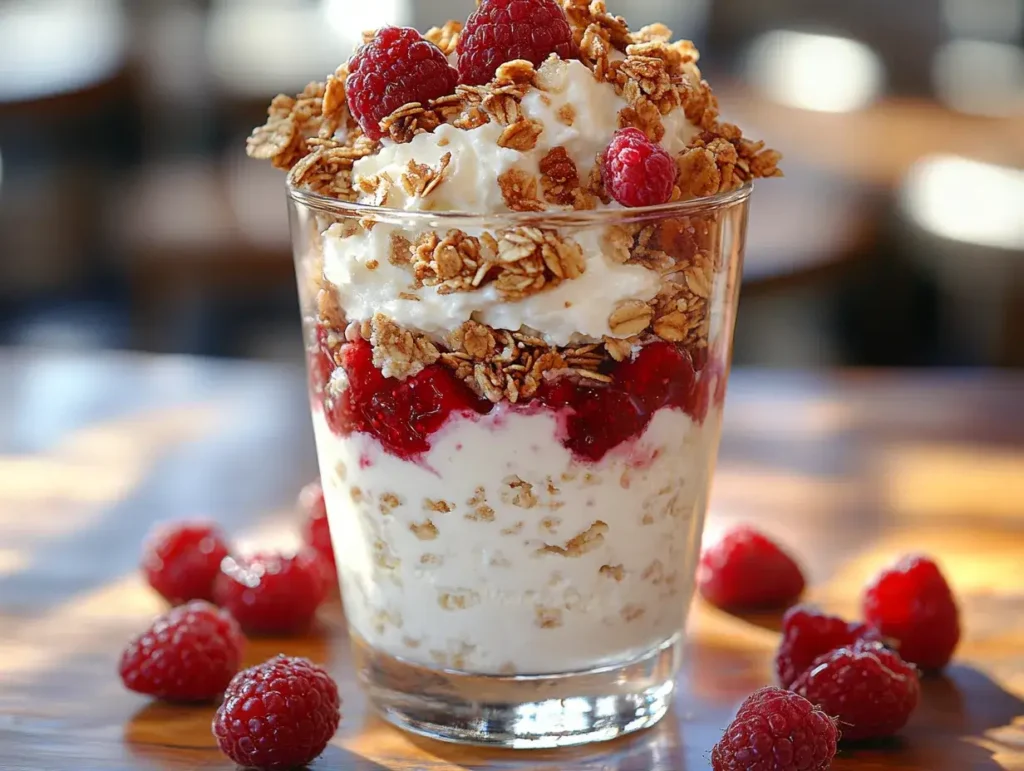
Savory Combinations
On the other hand, if you prefer savory flavors, cottage cheese snacks can quickly be turned into a nutritious curd snack that satisfies salty or spicy cravings. For instance, mix in herbs like chives, basil, or dill, then season with a dash of salt and pepper. Moreover, you can spice it up by adding paprika or red pepper flakes for a little kick. Another option is to combine cottage cheese with diced tomatoes and cucumbers for a refreshing, crunchy salad.
Occasionally, you might want something heartier—like using whole-grain crackers, brown rice cakes, or lettuce wraps as a vehicle for your savory cottage cheese spread. Certainly, you can incorporate pickled vegetables, olives, or avocado slices as well to elevate the flavor profile. When served with these savory elements, cottage cheese snacks become a quick lunchtime staple. Notably, they’re easy to prepare beforehand for your meal prep routine.
On-the-Go Snack Prep
Now, let’s talk about convenience. Because life can get hectic, it’s crucial to have readily available snacks that keep you satisfied. Cottage cheese snacks are perfect for busy days since you can portion them into small containers straightaway. Place toppings like fruit, nuts, or crackers in a separate compartment, so they remain fresh and crispy until you’re ready to eat.
Additionally, if you’re looking for a pre-workout cottage cheese snack, consider mixing cottage cheese with banana slices or peanut butter for a quick dose of carbs and protein. Emphatically, this combination fuels you with sustained energy without weighing you down. Consequently, whether you’re rushing to work or heading to the gym, a well-packed cottage cheese snack can serve as an ideal pick-me-up.
Delectable Recipes to Elevate Your Cottage Cheese Snacks
Cottage Cheese Fruit Parfait
Surely, one of the easiest ways to transform your cottage cheese snacks into a gourmet treat is by layering them in a vibrant fruit parfait. Initially, gather fresh or frozen berries, granola, and a drizzle of honey (or any sweetener you prefer). Then, in a transparent glass, alternately layer low-fat cottage cheese with colorful fruit and crunchy granola. Consequently, you’ll end up with a breakfast or dessert that’s not only visually appealing but also undeniably nutritious.
Because cottage cheese is a protein-packed dairy product, this parfait can serve as a superb morning meal or midday pick-me-up. Furthermore, feel free to incorporate seeds like chia or flax for added fiber. If you’re keen on making it keto-friendly, replace granola with chopped nuts and swap honey for a low-carb sweetener. Basically, this recipe is a simple yet delectable way to enjoy cottage cheese snacks that satisfy both hunger and sweet cravings.
Savory Cottage Cheese Dip
Meanwhile, if you prefer a savory spin, this cottage cheese dip is an easy healthy snack that will impress your taste buds. Basically, combine cottage cheese, fresh herbs (e.g., chives, dill), garlic powder, and a splash of lemon juice in a food processor. Then, blend until you reach your desired texture—some like it smooth, others prefer a chunky feel. Subsequently, season it with salt, pepper, and perhaps a pinch of chili flakes for heat.
As a nutritious curd snack, this dip pairs perfectly with raw vegetables, whole-grain crackers, or even pita chips. Additionally, consider adding Greek yogurt for a creamier consistency. Emphatically, you’ll appreciate how quickly this dip can be whipped up for family gatherings or potlucks. If you’re eager to know more about the nutritional benefits of cottage cheese, check out Mayo Clinic’s dairy recommendations.
Cottage Cheese Pancakes
Altogether, cottage cheese snacks aren’t limited to quick bites—they can star in hearty breakfast recipes too. For instance, cottage cheese pancakes are a weight loss snack option that can fit into a balanced lifestyle. Simply mix low-fat cottage cheese, eggs, oats, and a dash of baking powder until you form a batter. Also, add a bit of cinnamon or vanilla extract for extra flavor. Afterwards, cook the batter on a lightly greased pan until golden on both sides.
Certainly, these pancakes are rich in casein protein benefits and can help stabilize energy levels throughout the day. Serve them with fresh fruit, sugar-free syrup, or nut butter for a meal that feels indulgent yet remains high in protein. Obviously, they’re a fun twist on traditional pancakes, offering a fluffier texture and a delightful tang.
Baked Cottage Cheese Veggie Cups
Lastly, baked veggie cups are a low-carb snack alternative that can seamlessly incorporate your favorite vegetables alongside cottage cheese. By whisking eggs with cottage cheese, diced spinach, onions, and bell peppers, you’ll create a protein-rich batter. Then, pour this mixture into muffin tins and bake until firm. Consequently, the result is a series of bite-sized, savory cups that work well for healthy meal prep or breakfast on the go.
Markedly, you can store these veggie cups in the fridge for several days, making them a handy addition to busy mornings. Furthermore, consider adding shredded cheese, mushrooms, or even cooked turkey bacon for extra flavor.
Tips, Variations, and Serving Suggestions
Flavor Enhancers and Seasonings
When it comes to boosting the taste of cottage cheese snacks, think creatively with herbs, spices, and flavor extracts. For example, basil, dill, or mint can lend a refreshing twist, while a dash of paprika or chili powder can add some kick. Additionally, squeeze fresh lemon or lime juice over your cottage cheese topping ideas to brighten up the overall taste. Similarly, a sprinkling of toasted sesame seeds or sunflower seeds lends a delightful crunch.
Although cottage cheese is already a calcium-rich snack, combining it with healthy fats like avocados or olive oil—enhances mouthfeel and satiety. Another option is to stir in a spoonful of pesto or marinara sauce for an Italian spin. Meanwhile, you could try a touch of salsa or hot sauce for Tex-Mex flair. Practically anything that fits your palate can be used to season cottage cheese snacks in surprising ways.
Dietary Modifications
Surely, one of the best things about cottage cheese snacks is their adaptability to various dietary choices. If you follow a keto or low-carb plan, opt for full-fat cottage cheese instead of sweeteners or high-sugar fruits. Contrarily, if you’re focusing on a lighter approach, pick low-fat cottage cheese and top it with fresh veggies. Notwithstanding, you can easily find lactose-free cottage cheese in many supermarkets to cater to those with lactose intolerance.
Another notable consideration is gluten-free meal planning—pair your cottage cheese with naturally gluten-free ingredients like quinoa, brown rice cakes, or lettuce wraps. Also, vegans can consider dairy-free cheese alternatives, though the texture and nutritional profile differ. Still, cottage cheese snacks offer a broad spectrum of possibilities, so you’re sure to find a variation that meets your health and wellness goals.
Presentation and Plating
Evidently, making your cottage cheese snacks visually appealing can motivate you to enjoy them more often. Think about plating strategies like serving them in colorful bowls or layering them in clear jars. Then, garnish with vibrant elements such as edible flowers, citrus zest, or chopped chives to add a professional flair. Furthermore, arranging a cottage cheese “snack board” with assorted fruit, vegetables, nuts, and crackers can impress guests at parties or gatherings.
Surely, you don’t need a fancy occasion to elevate your food presentation. A quick swirl of honey, a sprig of mint, and a sprinkle of crushed walnuts can make your snack look restaurant-quality. Comparatively, using small ramekins for individual cottage cheese servings can keep portion sizes in check while still feeling indulgent. Ultimately, a little creativity in plating can turn your nutritious snack into an Instagram-worthy dish.
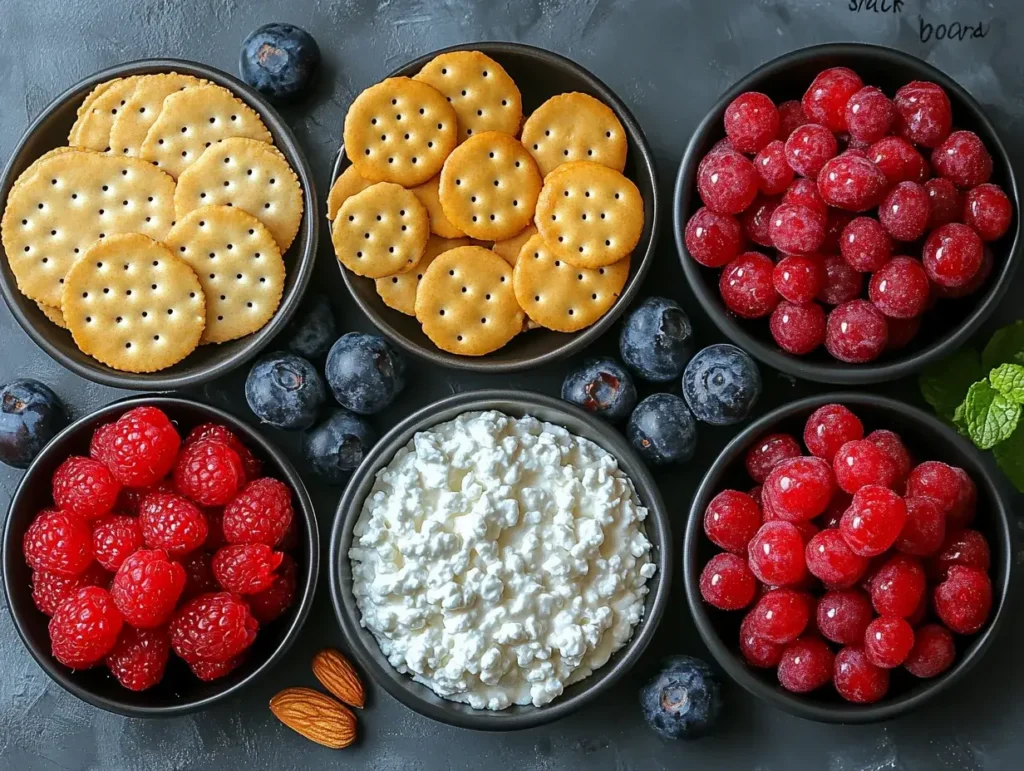
Frequently Asked Questions About Cottage Cheese Snacks
how to eat cottage cheese as a snack?
Undoubtedly, there are plenty of ways to enjoy cottage cheese snacks on a daily basis. For instance, you can eat it straight from the container, although many people like to pair it with fresh fruit or whole-grain crackers. Additionally, consider mixing in chopped vegetables such as cucumbers or tomatoes for a savory twist. Generally, the mild flavor of low-fat cottage cheese adapts easily to both sweet and savory toppings, making it a highly flexible and nutritious curd snack.
what to put in cottage cheese?
Altogether, cottage cheese snacks can be jazzed up with myriad toppings. Firstly, add fresh berries, bananas, or diced peaches for a natural sweetness. Secondly, sprinkle on crunchy elements like granola, nuts, or seeds if you need extra texture. Meanwhile, a savory route might include chopped herbs (e.g., dill or chives) and spices such as paprika or pepper flakes. Contrarily, if you enjoy a heartier option, stir in shredded chicken or avocado for a balanced meal.
is cottage cheese a healthy snack?
Certainly, cottage cheese snacks are known for their health benefits. Notably, cottage cheese is brimming with protein, which keeps you feeling full longer. Moreover, it contains essential nutrients like calcium, phosphorus, and B vitamins that support bone health and metabolism. Comparatively, the relatively low-carb profile makes cottage cheese a weight loss snack option for those watching their carbohydrate intake. Nonetheless, it’s wise to practice portion control and combine it with a balanced diet for the best results.
is cottage cheese a good late night snack?
Basically, cottage cheese snacks can be a great late-night indulgence due to their slow-digesting casein protein. This type of protein helps maintain muscle recovery during sleep and promotes a feeling of satiety. Furthermore, many people find it less likely to cause blood sugar spikes compared to sugary treats. Therefore, topping a small bowl of keto-friendly cheese with berries or chopped nuts can keep you satisfied without making you feel overly full before bedtime.
Final Thoughts on Cottage Cheese Snacks
Emphasizing the Versatility of Cottage Cheese
Overall, cottage cheese snacks deliver an exceptional blend of nutrition, taste, and convenience for people of all lifestyles. Because it’s a high-protein snack idea, cottage cheese fits effortlessly into multiple eating plans—whether you follow low-carb, balanced, or even lactose-conscious diets. Additionally, you can choose between sweet and savory variations, which enables you to keep your meals exciting day after day.
Meanwhile, the protein satiety aspect of cottage cheese supports muscle maintenance and weight management, making it an excellent ally for anyone pursuing a healthier relationship with food. Therefore, it’s no wonder this simple dairy product has taken center stage for those who want an easy healthy snack that actually keeps them feeling satisfied.
Next Steps for Your Culinary Journey
If you’re eager to explore even more ways to include cottage cheese in your meals, feel free to experiment with dips, stuffed vegetables, or layered bowls. Admittedly, the possibilities are endless, so don’t hesitate to play around with different ingredients. Furthermore, you can combine cottage cheese with other high-protein foods like grilled chicken or smoked salmon—for a filling lunch or dinner.

